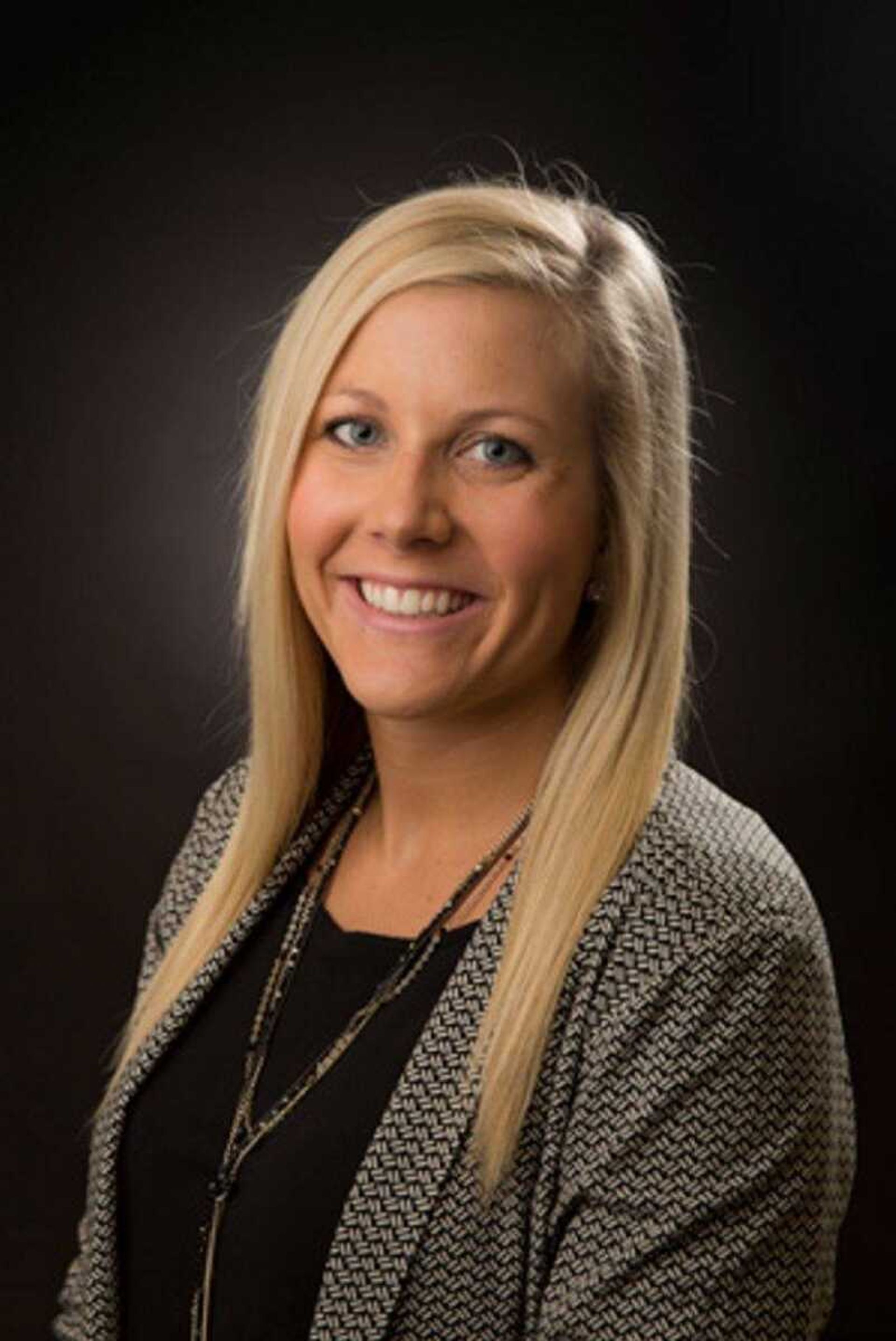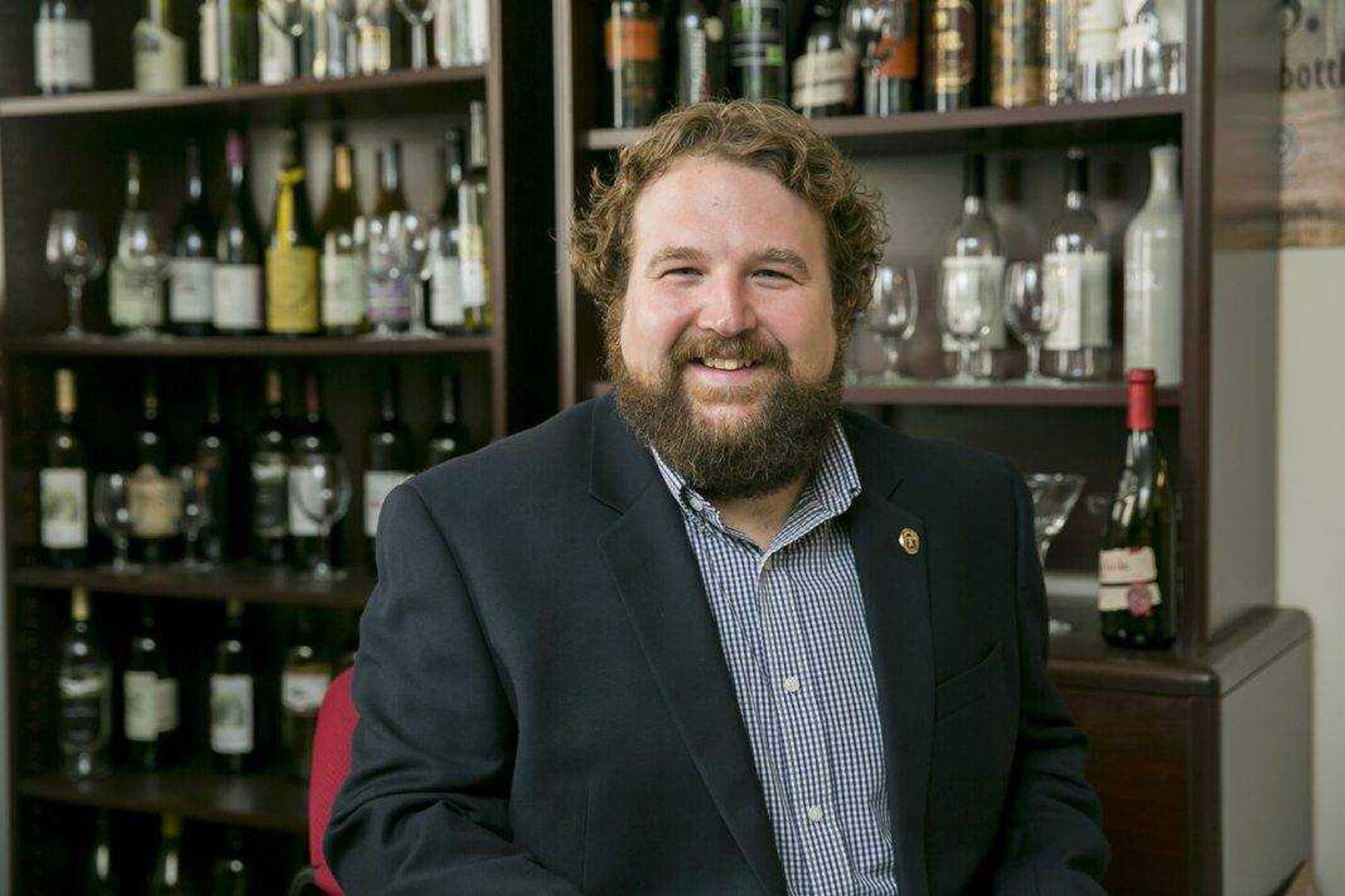Southeast Missouri State University is welcoming 23 new faculty members to its main campus this semester.
Faculty members have been hired to work in the College of Liberal Arts, College of Education, College of Polytechnic Studies and other departments, and have come from universities around the country.
One of these faculty members is Dr. Nicholas Johnston, an assistant professor in the Hospitality Management program. Johnston joins Southeast from Texas Tech University where he received his undergraduate degree in political science.
Johnston worked for numerous restaurants, bars and caterers during his undergraduate studies and decided to pursue a master's degree in restaurant management. Johnston also obtained a certificate from the American Culinary Federation.
While getting his doctorate, Johnston taught at Texas Tech and researched consumer behavior and consumption, primarily in the wine industry. His research has been presented at conferences around the country.
During his time at Southeast, Johnston hopes to connect students to the wine and beverage industry.
"One thing I'm excited about bringing here to Southeast and continuing is my relationship with the local grape growers and the wine industry," Johnston said. "I'm interested in getting plugged in here in Missouri. There's some great little gems that I've been finding around this area that don't get as much attention as our friends in the East and West coasts, but there are a lot of great things happening here."
Johnston applied to numerous other universities but said he picked Southeast because of its dedication to students and progressive curriculum.
"I felt like Southeast was a unique mix of a liberal arts college and what I've seen in R1's top-tier research state universities," Johnston said.
Johnston added that the faculty's support and dedication to putting students first attracted him to the university.
"One thing that I've heard and since I've met other people here, I've noticed this common theme that people don't leave here," Johnston said. "People stick around because they love it here and they're happy here. That means that the university is taking care of the faculty and taking care of the students because the students are coming back. That speaks volumes."
New faculty member Samantha Lowman is a confirmation of Johnston's belief that many people don't leave Southeast.

In 2013, Lowman graduated from Southeast's Department of Agriculture with a degree in animal science and has returned to the department as an instructor.
After leaving Southeast, Lowman attended Oklahoma State University's graduate program and received a master's degree in animal science.
"I love being back in the department that I got my undergrad from," Lowman said. "I like to see where it was then and where it is now and how I can help it in the future. Everything has kind of gone full circle for me. So being back where I got my undergrad is kind of unique in the way that I can contribute what I've learned elsewhere and bring it back here to help our department continue to grow."
When Lowman attended Southeast, the department had about 180 majors. Now the department has approximately 430.
The need for new professors and instructors can arise for many reasons. According to Southeast's provost, Dr. Karl Kunkel, a need for new professors can come for a variety of reasons.
"What occurs is that a department will have an opening because somebody has retired or resigned from the university or left the university for some reason," Kunkel said. "There are some times where needs occur, so my office works with the college or the department to figure out if we can find money to create a new faculty position."
In the case of creating new positions, the department in need must justify the need to the provost's office before the hiring process can begin. A hiring committee is formed to design the criteria and qualifications for the positions. The committee then works with Human Resources to create a hiring plan, primarily advertising. Interested parties can submit a vita, the academic equivalent to a resume. The hiring committee narrows down the applicants and then conducts phone interviews with the applicants they find to be the most qualified. Finally, in-person interviews are conducted and the new faculty member is selected.
Hiring searches are conducted nationwide, but Southeast faculty may also apply for positions they are interested in.
Lowman returned to Southeast as an interim instructor last year and was hired to work for Southeast full time this year. Her position was created out of need for extra faculty in the animal science department.
"We needed more hands on deck," Lowman said.
The 23 new faculty members come from universities such as University California-Irvine, Washington State University, Southern Illinois University-Carbondale and Michigan State University. Professors and instructors were hired to work in disciplines ranging from psychology to anthropology to engineering.




